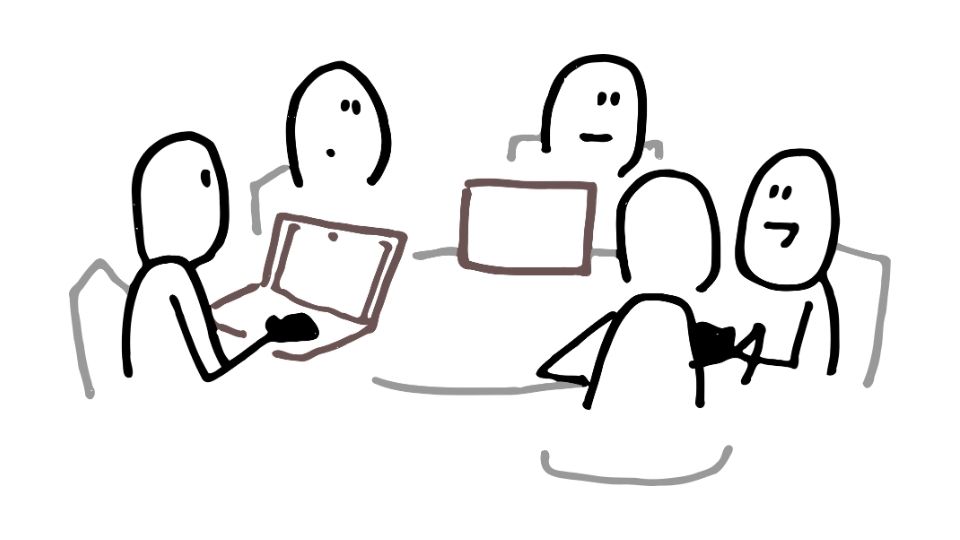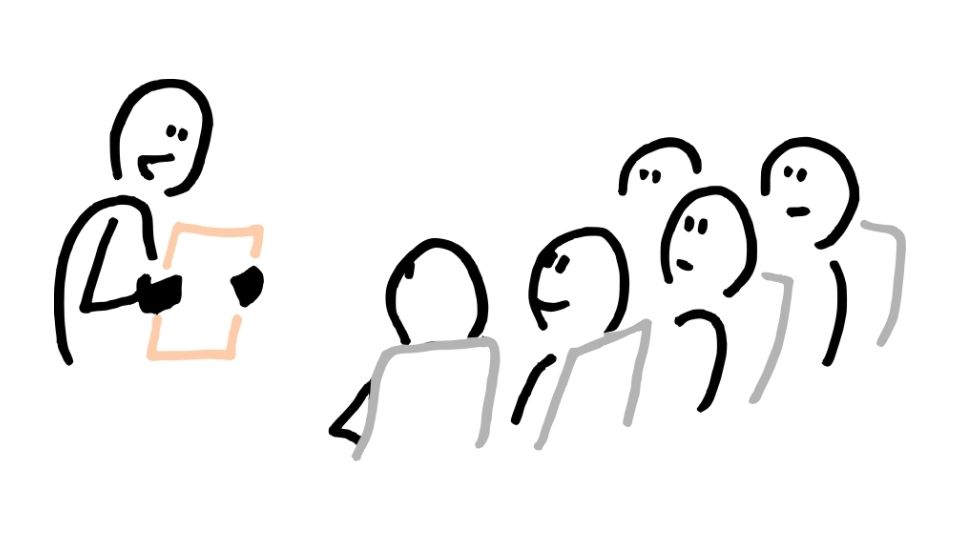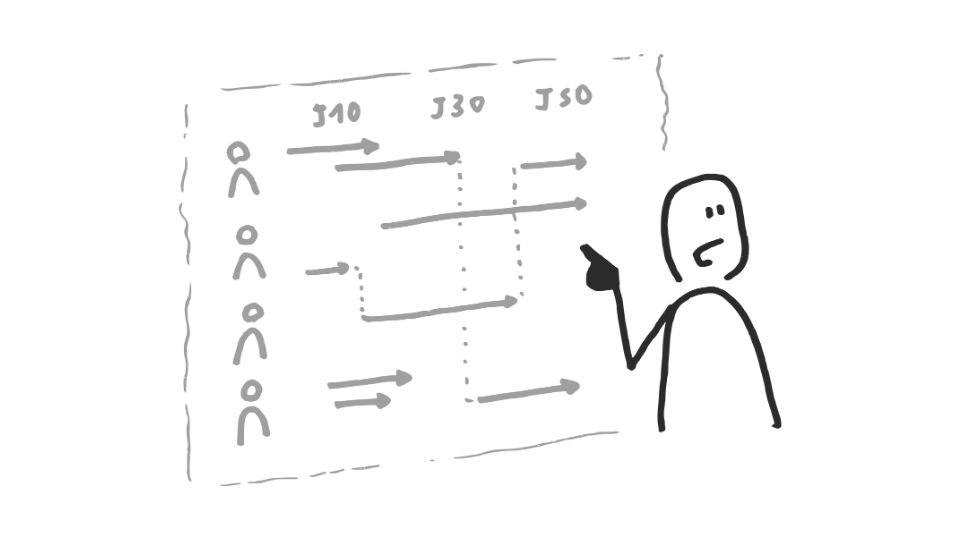The Biggest Highlights from This Year’s Health Equity Conference

The health equity conference landscape in 2025 is buzzing with activity as healthcare leaders, researchers, community advocates, and policymakers come together to tackle health disparities head-on.
These gatherings aren’t just talk shops – they’re action centers where real strategies emerge for creating a more equitable healthcare system across America.
The Big Picture: Health Equity Conferences Making Waves in 2025
Movement is Life Health Equity Summit: When Communities Mobilize

The Movement is Life summit in Alexandria this November wasn’t just about physical movement (though that matters too!) – it was about moving entire communities toward better health.
Their theme “Combating Health Disparities: The Power of Movement in Community” hit the nail on the head. What made this conference stand out?
- The PowHer Pitch Competition gave women innovators a platform to pitch community-based solutions to health inequities (with actual funding opportunities!)
- Presentations showcased real programs working on social determinants of health
- Funders and investors had critical conversations about how to better support underserved communities
- The format blended bold talks with practical strategies and experiential components
This summit really drove home that community-driven approaches are essential if we want lasting change in health equity. As research from the Robert Wood Johnson Foundation shows, when communities lead health initiatives, outcomes improve dramatically.
CMS Health Equity Conference: Policy Meets Practice
The Centers for Medicare & Medicaid Services didn’t mess around with their April conference in Bethesda. Offering both in-person and virtual attendance (and making it free – love that!), they brought together a powerhouse mix of federal leaders, healthcare providers, academics, and community orgs.
What made this one special:
- Updates on CMS programs aligned with their 10-year Health Equity Framework
- Latest research presentations on what’s actually working in health equity
- Networking opportunities that connected policy people with on-the-ground implementers
- Federal partner exhibits showing the whole-government approach
The CMS conference really shines when it comes to connecting policy to practice. They’re building on previous themes like “Sustaining Health Equity Through Action” (2024) and “Framing the Future of Equitable Health Care” (2023).
According to the Commonwealth Fund’s analysis, policy levers are among our most powerful tools for addressing systemic health disparities.
Cornell Center for Health Equity Symposium: Research in Action

In March 2025, over 130 people gathered in NYC for Cornell’s symposium, featuring a killer keynote from Dr. Giselle Corbie (a real rockstar in health equity research).
What they brought to the table:
- Presentations of CCHEq-funded research tackling structural determinants of health inequities
- A massive poster session showcasing 35+ research projects and community interventions
- Workshops focused on overcoming current challenges in the field
This symposium highlighted how academic-community partnerships are crucial foundations for health equity progress. The National Academy of Medicine has shown that community-engaged research is essential for translating findings into real-world impact.
American Hospital Association: Institutional Leadership (Coming in 2026)
While the AHA’s 2025 conference got pushed to 2026 (politics, am I right?), their 2024 event still gives us insights into where institutional healthcare is heading. Their “Driving Change Together” theme brought together over 1,000 hospital and health system leaders.
The 2024 takeaways:
- Awards for hospital-led collaborative programs with innovative community health initiatives
- Focus on workforce diversity and social determinants as pillars of equity advancement
- Discussions on using tech and data to identify disparities
- Emphasis on cross-sector partnerships to maintain momentum
Even with the delay, AHA’s commitment signals that big healthcare institutions are in this for the long haul. According to research by the Institute for Healthcare Improvement, institutional leadership is critical for sustainable equity initiatives.
NASHP Annual Conference: States Taking the Lead

The National Academy for State Health Policy highlighted how states are tackling workforce shortages, healthcare deserts, and access issues. Their “Titans of Innovation and Health Equity” panel showcased some impressive multi-agency partnerships.
State-level strategies included:
- Using population health data to guide interventions (finally, data-driven decisions!)
- Integrating cross-agency social service partners
- Supporting community-led solutions tailored to state and tribal needs
This conference made it clear that state governments are critical players in implementing scalable health equity policies that reach millions of people.
UAID Health Equity Leadership Conference: The Next Generation
Held in late April, the UAID conference engaged student leaders and early-career professionals in advancing health equity through competitive health needs assessments and project presentations.
Key activities included:
- Health Equity Case Study Competition analyzing real-world challenges
- Presentations judged by experienced public health pros
- Recognition of outstanding contributions with awards and cash prizes
This event highlighted the importance of cultivating future innovators committed to health equity work. As the Association of American Medical Colleges notes, developing a pipeline of diverse health equity leaders is essential for long-term progress.
What’s Coming Through Loud and Clear

Looking across all these conferences, some common themes emerge:
- Community voices matter most – Nearly every conference emphasized centering the people most affected by health disparities
- Collaboration is non-negotiable – No single sector can solve this alone
- Innovation + research = progress – The best approaches combine data with culturally responsive practices
- Address root causes – Housing, education, economic opportunity—these upstream factors can’t be ignored
- Money talks – Equitable funding and resource allocation is key to sustaining progress
- Workforce diversity is essential – Who provides care matters as much as how care is provided
The Bottom Line
The 2025 health equity conference circuit shows us that the field is maturing and gaining momentum. While each conference has its own flavor, together they paint a picture of a movement that’s increasingly sophisticated, collaborative, and impact-focused.
For anyone working in healthcare, policy, research, or community advocacy, these gatherings offer both practical strategies and inspiration to drive meaningful change. The conferences aren’t just events—they’re pieces of a larger ecosystem working toward a healthcare system that serves everyone fairly.
And isn’t that the whole point? Because health equity isn’t just a nice idea—it’s about saving lives and creating communities where everyone has a fair shot at being healthy.
